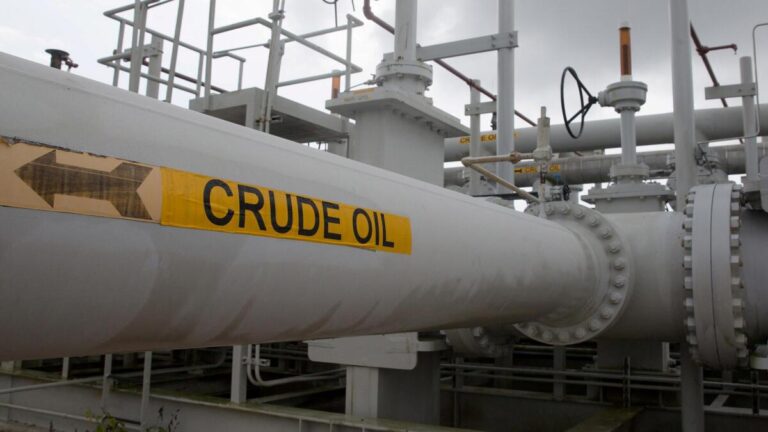
Wikimedia commons
| Photo Credit:
WIKIMEDIA COMMONS
India should look at increasing its cashew production to overcome the curbs on exports imposed by key African producers, Nuts and Dry Fruits Council of India (NDFC-I) president Gunjan Jain has said.
“We are no longer the number one exporter. We are still the number one processor and consumer of cashew nuts. We are trying to increase production. As of today, the need of the hour is for India to start growing more cashew,” he told businessline.
India’s coastal region is perfectly suited, from Bengal on the eastern coast to Gujarat on the western coast.
“The whole coastal belt is perfectly suited to grow cashew nuts. If we start the work now, we can get to the next level in 15 years. It is going to be tough to import the raw material in the years to come,” the NDFC-I president said.
Various curbs
Jain’s comments come in the wake of African producers such as Cote d’Ivoire, Benin and Tanzania imposing export curbs in different forms to encourage processing of raw cashew nuts domestically.
Last year, when cashew production was affected by El Niño weather, Cote d’Ivoire banned exports. It has now introduced a 5 per cent export tax and extended its 30-day window barring shipments in the new season to 45 days. This means until 45 days of the new harvest period is over, cashew cannot be exported or sold to shippers and processing units there get priority of the harvested produce.
“They are creating impediments because they want their industry to grow there. Though Benin has banned exports, it is not affecting the trade as it is smuggled to Togo through its porous borders,” he said. In Tanzania, all agricultural produce will have to come through the Tanzania Mercantile Exchange.
As a result of these developments, India’s control of the cashew industry has loosened. “We are the largest consumers. We are also the largest producers. Unfortunately, our exports have gone down drastically because India pays a premium. Indian prices are much higher than international prices,” said Jain.
Trade interventions
The production cost in the country is high, and as a result, India has lost market share to countries such as Vietnam. Indian companies that have set up processing units there, however, enjoy an advantage.
“These trade interventions by governments are unfortunate. These have resulted in cashew prices increasing by 45 per cent rather than 25 per cent when the production was affected,” said the NDFC-I president.
With cashew production being good this year, there could be some correction in prices. However, there may not be much respite in India as the consumption is increasing.
“Unfortunately, prices of all nuts and dry fruits are very high. Pistachios had a bad crop in California. Almonds were lower than California’s expectation of a 3-billion-pound crop. Production was 2.7 billion pounds. Next year’s crop estimate is also 2.65 billion pounds,” said Jain.
Prices at peaks
Australia had a 20 per cent crop loss. Due to these developments, prices of almonds and cashew nuts are at record highs.
Prices of walnuts have doubled over the past two years due to lower production and bad crop years. Raisin production in India declined this year because a lot of fresh grapes were consumed during Ramadan, as it was the only main fruit available and arrivals of mangoes did not start, he said.
Table grapes were sold fresh as prices were attractive for farmers, the NDFC-I president said, adding that in India, only unsold grapes are converted to raisins.
Jain said nuts and dry fruits are sources of good health as they offer Omega-3 (walnuts), protein and amino acids (pistachios). Almonds and cashews also provide healthy benefits.
Published on May 13, 2025















